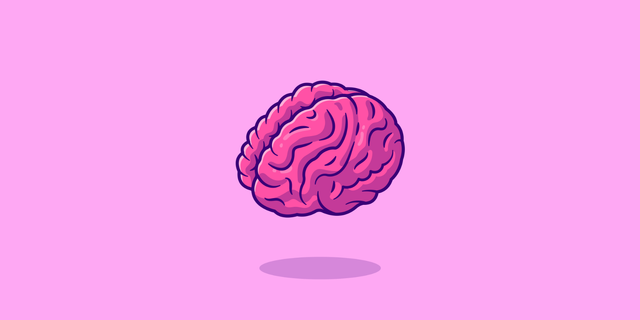Despite the common misconception that phobias are the result of a single event, these disorders aren't born. Scientists have discovered the neural events behind phobias and the amygdala is a major player in the fear response. This article will provide some basic information about this brain area and the treatments available to help you overcome your fear. However, there is no "one-size-fits-all" solution for overcoming your fear.

Exposure therapy
In this type of treatment, you face a situation or object that you fear, one by one, focusing on your weakest fears first. This step-by-step approach helps you challenge your fears while building confidence and skills to control panic attacks. Physical fear and exposure therapy can include watching videos or photos of planes in flight. You may also drive to an airport to check in and pack for a flight, if this is a feared activity.
Cognitive behavioral therapy
Exposure is a key component of Cognitive behavioral therapy for physical fear. Exposure to a feared stimulus or situation helps alter the pathological association and integrate new information to replace the original distorted one. Exposures can take several forms, such as imaginal exposure, in which the patient vividly imagines the feared situation and experiences subsequent anxiety. In vivo exposure, on the other hand, involves gradual exposure to a previously avoided safe object or situation.
Social support
A large literature shows a positive correlation between high levels of social support and health, and potential mechanisms that explain these associations. In particular, Smith and Christakis (2008) and Thoits (2011) provide comprehensive reviews of the literature, while Cicchetti (2013) and Holt-Lunstad et al. (2010) offer meta-analyses of prospective studies. Janicki-Deverts and Cohen (2012) review the link between social support and chronic illness. These findings indicate that the social support and health of one individual are inextricably linked to that of others.
Phobias
Therapy for phobias can be effective. Most of these treatments involve gradually exposing the patient to the feared object or situation. Virtual reality can help, as can exposure to specific images. Exposure therapy may also be used in conjunction with relaxation techniques. Therapy for phobias of physical fear should be tried at least once, but the process can be lifelong if it is not treated. This article will discuss different methods of treatment for phobias of physical fear and how they can work for your child.
Panic disorder
If you experience panic attacks or a reoccurring pattern of them, you should see a doctor immediately. Your doctor will conduct a physical examination and may recommend a mental health professional, such as a psychologist or clinical social worker, to help you overcome your disorder. Treatments for panic disorder may include medication or psychotherapy, depending on the underlying cause. For more information, you should visit your local Psychiatric Society or Anxiety UK.